
The first ever Nexus device to make its way into the Indian market was Nexus S. And though Google manages the Nexus device launches in many markets, interestingly, India’s Nexus fate lied in the hands of the manufacturers. Samsung deemed Indian consumers wanted the Nexus S but it’s superior version – the Galaxy Nexus never made it to Indian shores officially, which gave little hopes to consumers to wait for the Nexus 4 to be officially available in the Indian market.
However, as luck would’ve it, Nexus 4’s manufacturer – LG launched the device in India last month. Although a much delayed launch. We took a deeper look to see if the Nexus 4 is still relevant after six months since the first launch in the US.
Design:
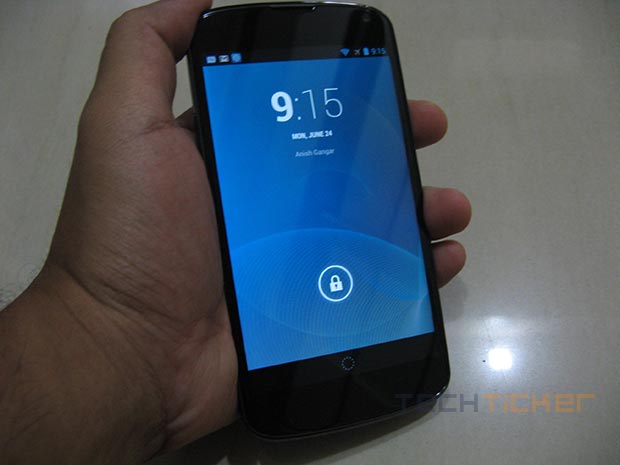
As we all know, the last two Nexus phones were made by Samsung while the current one is manufactured by LG. The change of the manufacturer also saw a change in build quality, which means plastic got the boot and in came the glass. The front is graced by a 4.7-inch display while the back goes for the unique texture design with glass laid on top. Admittedly, the glass gives the Nexus 4 a more premium look but loses on the durability front.
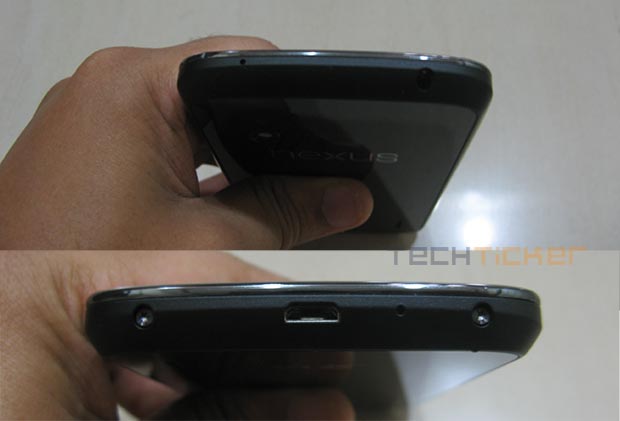
The sides feature a rubbery material that gives some extra grip. As far as placement goes, the Nexus 4 features a power button on the right hand side, a microUSB port at the bottom, volume buttons on the left and a 3.5mm headphone jack on the top. The back features an 8MP camera with LED flash and 1.3MP on the front.
Overall, a great premium design but needs extra care from accidental drops due to the glass enclosure.
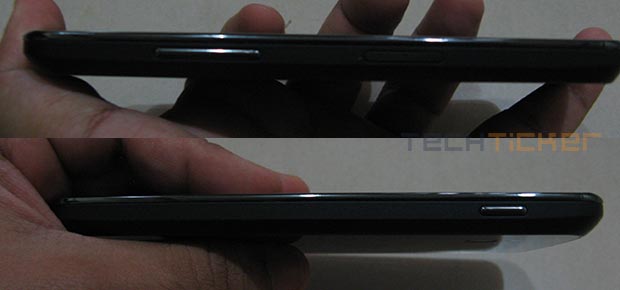
Software:
Nexus devices are known for one simple reason – direct and faster software updates from Google. The Nexus 4 being the top-of-the-line phone gets the same treatment. It currently comes with the latest version of the Android Jelly Bean and will certainly get the next version – Key Lime Pie or whatever Google calls it.
Nexus 4 comes with the stock Android OS, which in simpler terms means no customisation of the user interface like you would find on a Samsung or an HTC Android device. Stock Android removes all the unnecessary bloatware and gives users the liberty to use the Android phone as it was designed to.
Stock OS also means some things like certain media files may not work out of the box but there’s a 700,000-strong app support to solve any issues in the form of Google Play Store.
The Nexus 4 also boasts a feature called Google Now that Google introduced with the Jelly Bean OS. Google Now is a revolutionary search service that gives users the flight information, stock prices, hotel information without having the user to do the hard work. Google Now is now available in all Jelly Bean running devices.
Hardware:
The Nexus 4 features similar hardware to LG’s Optimus G (our review). The 4.7-inch display supports 1280×768 resolution and is powered by Qualcomm’s Snapdragon S4 Pro 1.5GHz quad-core processor and 2GB RAM.
The powerful hardware combo ensures butter smooth performance of the phone, even while using resource hog apps and games.
Camera:
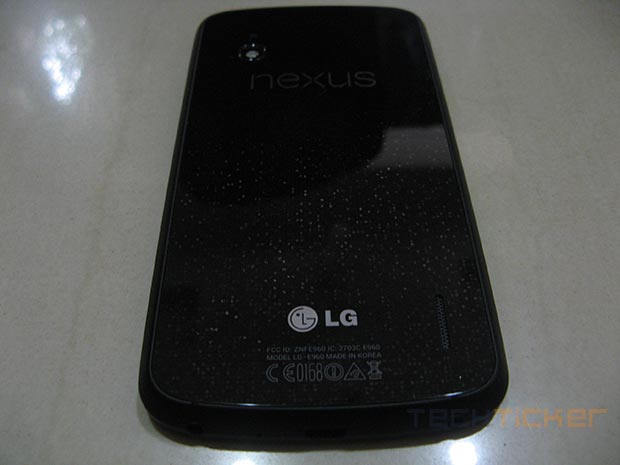
The Nexus 4 comes with an 8MP camera and an LED flash. The camera interface also got a makeover, which makes it easier to access various camera functions but frankly, the camera is a mediocre one. The camera supports HDR and even records videos at 1080p full HD resolution.
Photo Sphere is also present on the Nexus 4, which gives a whole new dimension to panoramic photos. Users can easily create a Photo Sphere and share it on Google+ or Google Maps for the world to see.
 |
| Nexus 4 Sample Shots |
Battery Life and other features:
The Nexus 4 features a 2100mAh non-removable battery and given light to moderate usage, the phone can easily last a day. Additionally, the phone also features wireless charging capability (Qi compatible), NFC with Android Beam support and Mircast, enabling wireless stream to other Miracast-enabled devices.
Conclusion:
So is the Nexus 4 worth it at the end of the day when there are Nexus experience device announced with the likes of Samsung Galaxy S4 and HTC One? The Nexus 4 comes with 16GB of internal memory with 2GB RAM and is priced at Rs. 25,990, which is in the price range of Samsung’s Galaxy S III, however, it has 1GB RAM and microSD support. The Samsung device is undboutedly, a formidable one, Nexus 4 wins on the software side and on the price as well.
Also, Nexus devices are popular with the aftermarket development users who like to root their phone and install compatible ROMs. Secondly, the developer support for Nexus devices is much higher than any of the company branded devices. In our view, if you want a simple and powerful Android phone without any frills of the manufacturer, Nexus 4 is the right choice.
Rating: 
Pros: Looks, Software
Cons: Camera
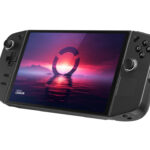




Leave a Reply